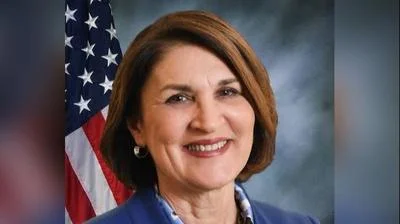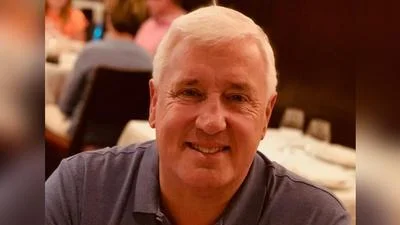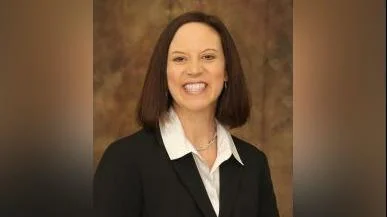Abraham Lincoln Memorial Hospital issued the following announcement on Nov. 20.
Leo Willard had been struggling with his weight for the last three years. Whatever he tried didn’t work. He would lose 15 pounds but regain more than half of it. When the 6-foot-2 Springfield resident peaked at 312 pounds, he knew something needed to be done.
He was aware that surgical weight-loss options were available, but that was a path he didn’t want to pursue. Then, while spending the winter in Biloxi, Mississippi, earlier this year, he discovered a possible answer while doing some internet research. An intragastric balloon.
The balloon is a non-surgical weight-loss option to treat obesity for patients who have been unable to lose weight using other methods, such as diet and exercise, and have a body mass index between 30 and 40. Best of all, Willard discovered, no incisions are required.
The device is a clear silicone sphere that’s inserted into the patient’s stomach through the mouth. Once there, the balloon is filled with saline – salt water – and floats freely in the stomach for six months. The balloon is not a permanent solution; patients must agree to have it removed after six months.
The balloon helps curb a patient’s appetite by taking up space in the stomach, slowing digestion and encouraging proper portion control.
“You feel full sooner,” Leo said.
The balloon is about the size of a small grapefruit, Leo said. He had his procedure done under general anesthesia in late July 2018 – an outpatient procedure that lasted about 20 minutes. Typical side effects of the procedure include nausea, heartburn and acid reflux, but Leo, who’s 70 years old, said he had none of those afterward. He was on a liquid diet for the first week followed by a couple of weeks on soft foods.
He has to avoid bread and pasta because they can stick to the balloon. But there is such a solution. A can of Diet Coke will scrub the balloon clean. Leo, however, has eliminated carbonated beverages from his diet and prefers to avoid bread and pasta.
The FDA-approved intragastric balloon procedure has been available in Springfield only recently. Orlando Icaza, MD, a Springfield Clinic weight-loss surgeon with the Memorial Weight Loss and Wellness Center, has implanted four so far, including Leo’s.
Patients opting for the intragastric balloon procedure have no pain, a faster recovery and better cosmetic results over surgical weight-loss procedures, Dr. Icaza said.
“The balloon stays in the upper portion of the stomach, called the fundus, where it induces early satiety, decreases hunger and delays gastric emptying, which leads to a lower consumption of food,” Dr. Icaza said. “The procedure is a bridge between unsuccessful medical weight loss and surgical weight loss that carries very little risk to the patient.”
Leo Willard after losing 50 pounds
And what has been the outcome so far? “I instantly started seeing results,” Leo said. Almost four months after his procedure, Leo has lost 50 pounds, achieving his goal. He plans to lose more before his balloon is removed in January 2019.
Leo’s energy level is “sky-high. And I never thought I had low energy before,” he said. He finds it easier to go up and down stairs, to change his shoes and to bend over to pick something up. His clothing fits better. And he can now walk the golf course to enjoy one of his favorite pastimes, instead of taking a golf cart. That’s especially gratifying because he can walk the links with his grandson, Adler, a senior at Springfield High School, who has been on the golf team all four years.
Best of all, Leo said he no longer needs to take medication to control his blood pressure.
However, the balloon was just the beginning of his weight-loss journey, Leo said. “The balloon is the positive reinforcement to jump-start your weight loss,” he said.
Working with the clinicians at the Memorial Weight Loss and Wellness Center, Leo has been learning how to change his lifestyle, which includes making smart decisions about the amount and types of foods he eats as well as increasing his physical activity. When the balloon is removed in January, Leo will have learned the skills he needs to maintain his weight loss.
While the procedure is not yet covered by insurance, Leo and others who have paid for the intragastric balloon out of pocket are hopeful that insurance companies will reconsider when they see the benefit of helping people who are struggling with weight loss to improve their health.
Leo is also grateful for the support from his wife, Rhonda, as he tackled this big change in his life, but Rhonda said she had every reason to be supportive.
“Hopefully, I’ll have you around for a few more years,” she said.
Original source can be found here.

Source: Abraham Lincoln Memorial Hospital





 Alerts Sign-up
Alerts Sign-up